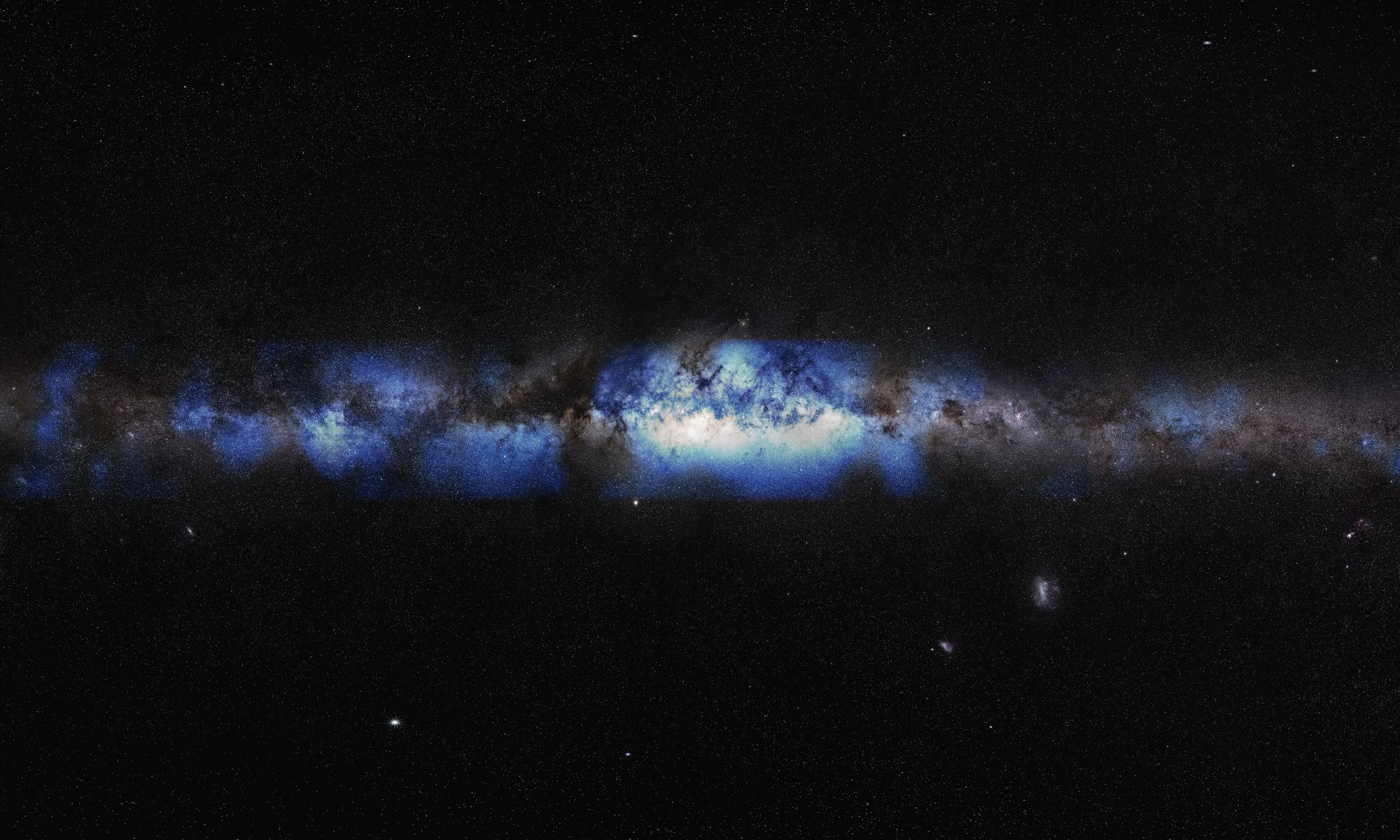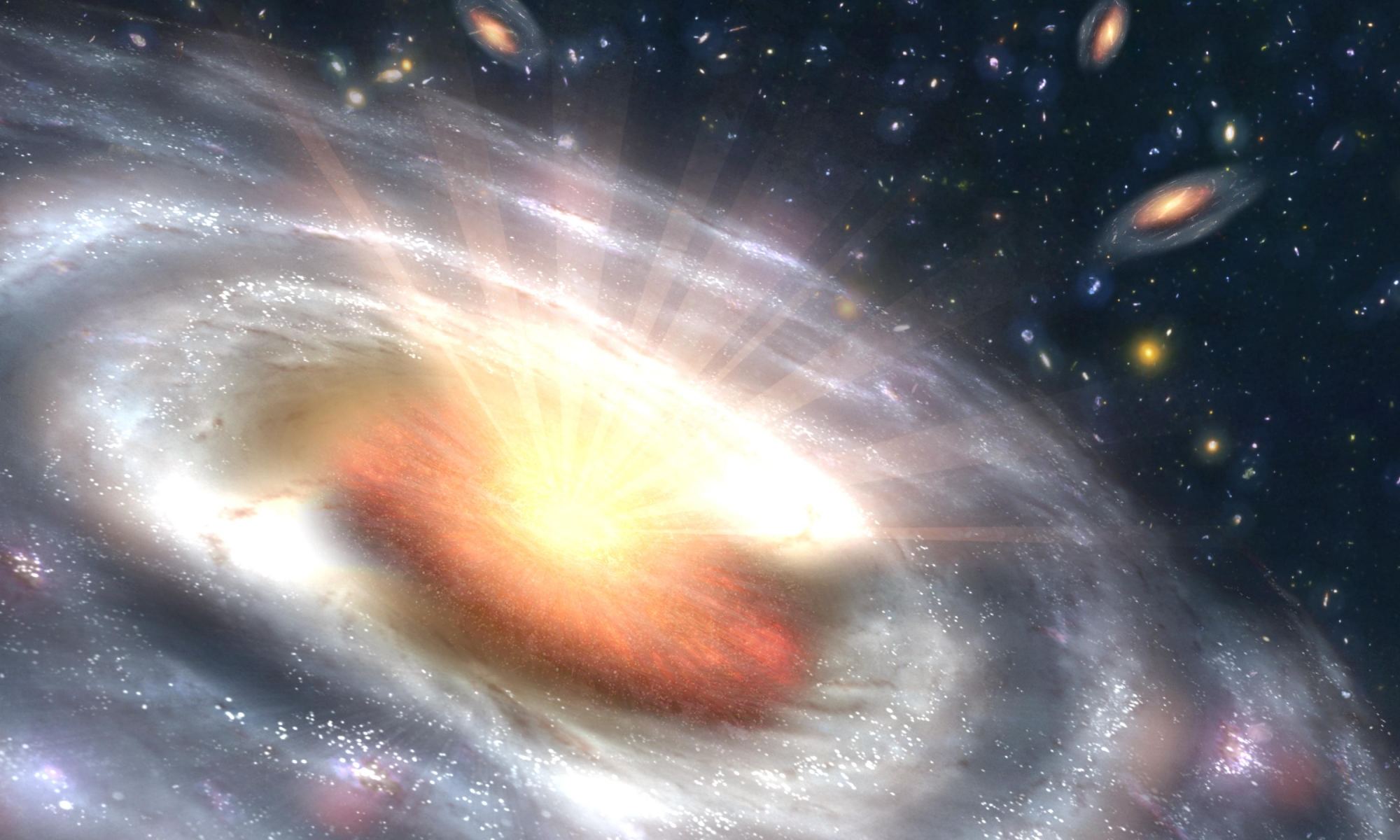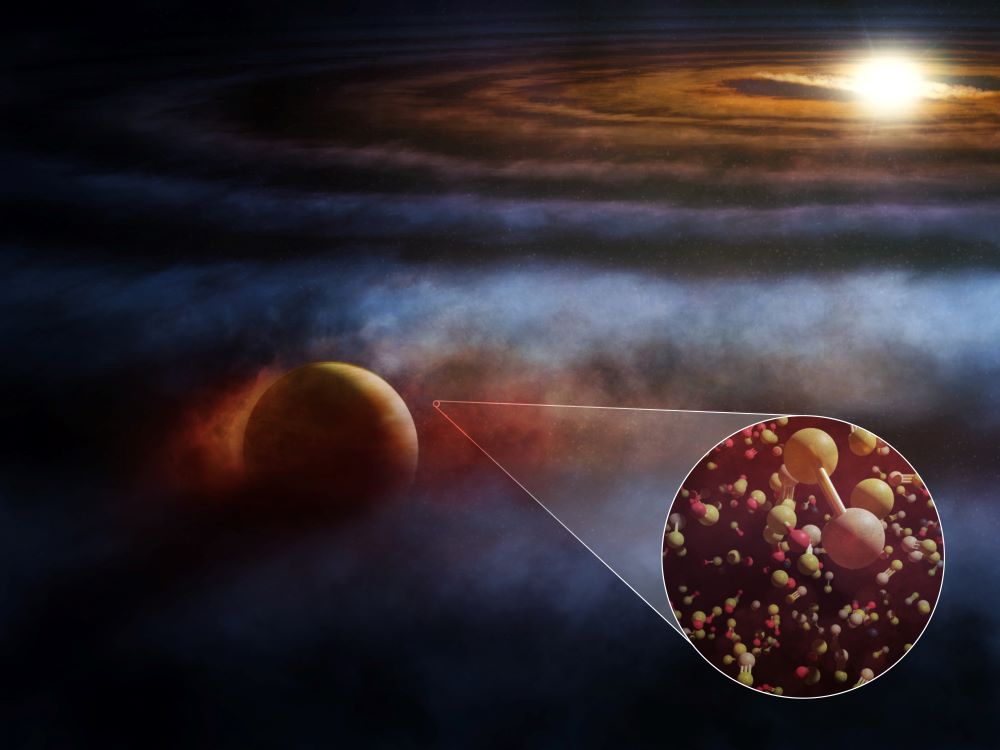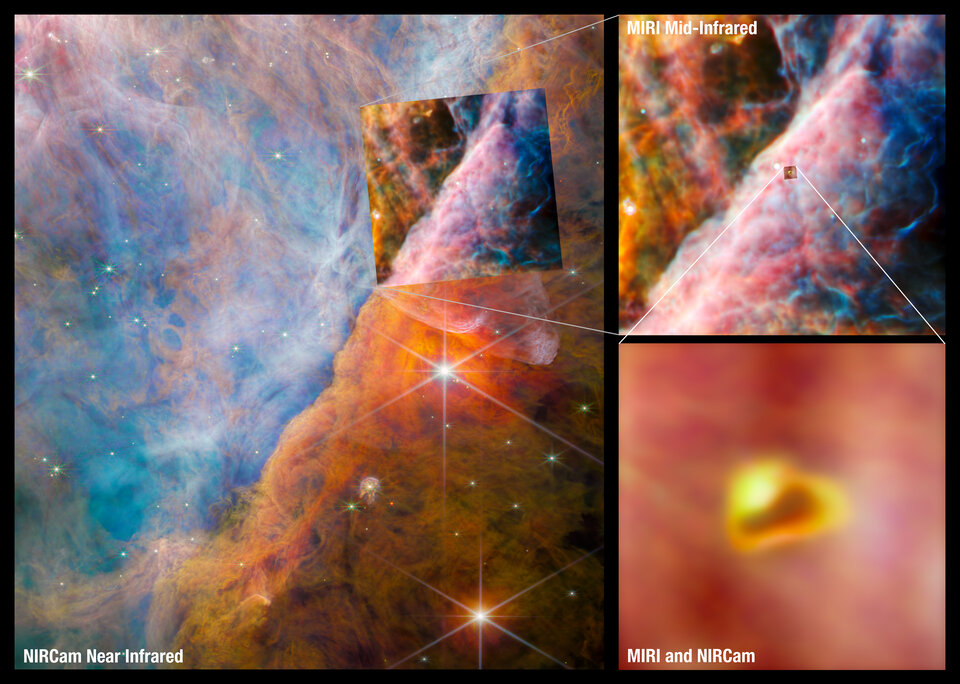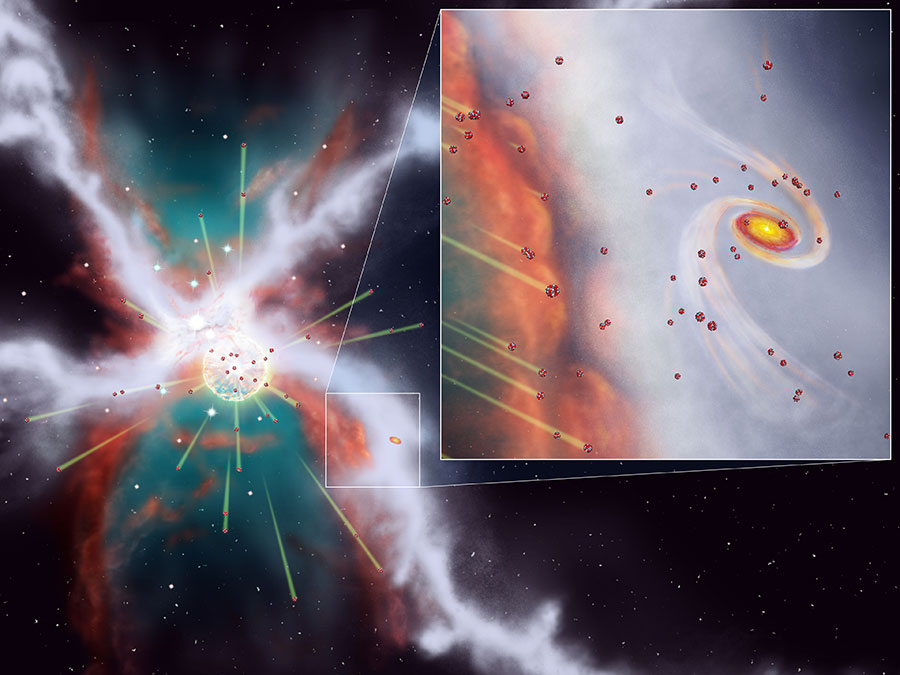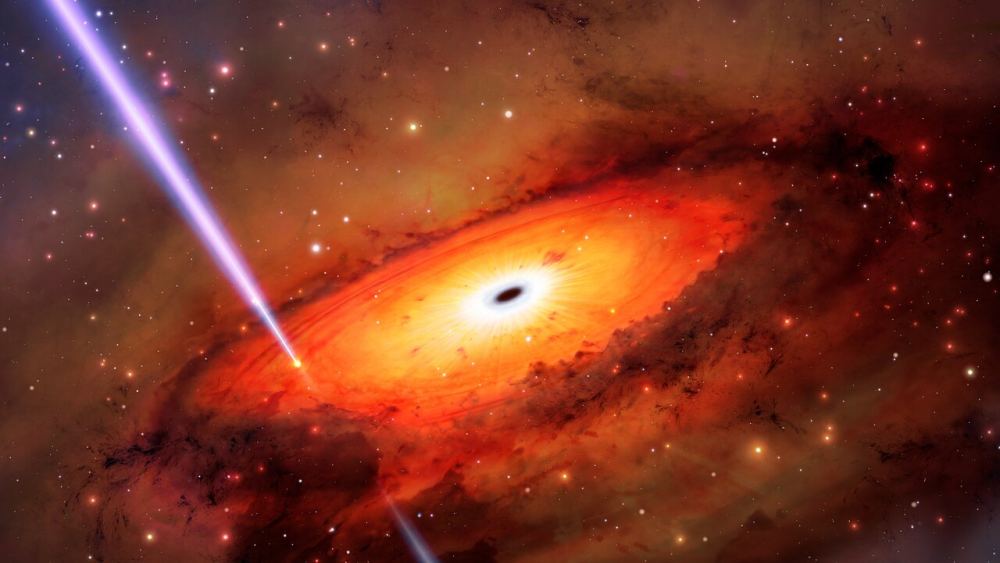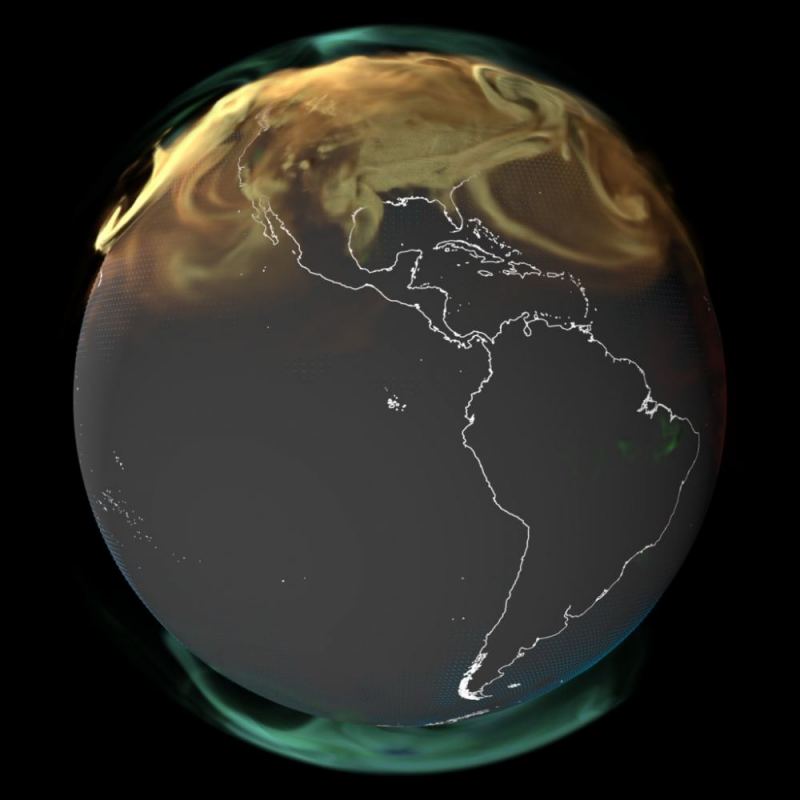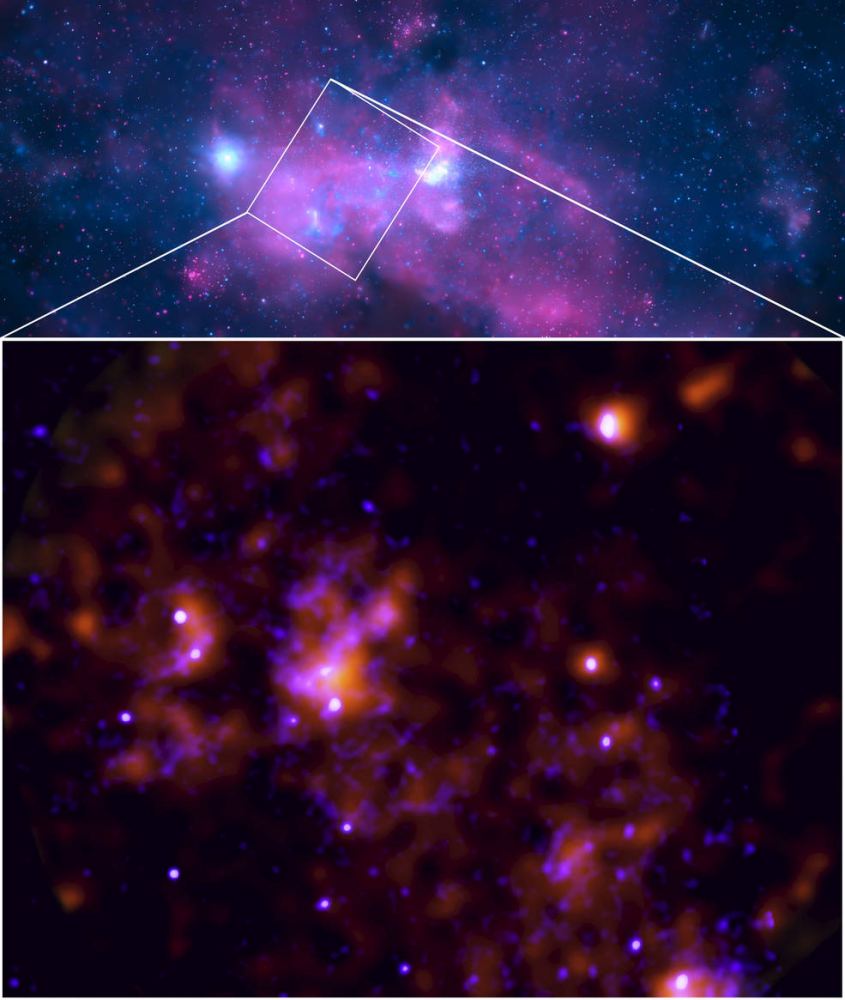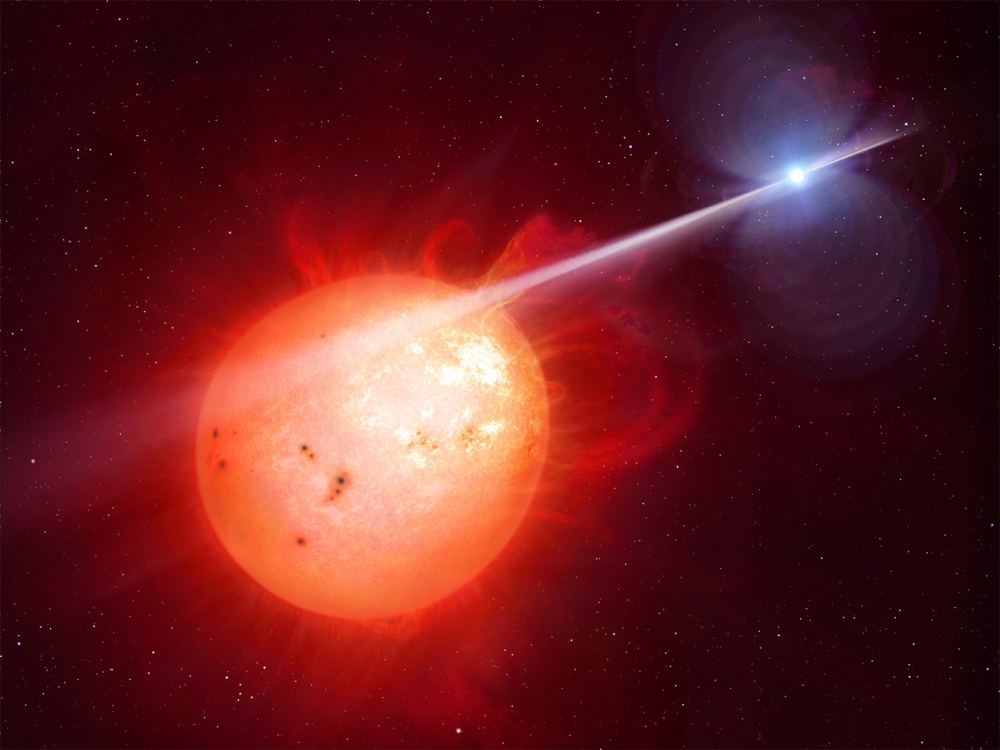We’ve seen the Milky Way with ultraviolet eyes, through x-ray vision, gamma-ray views, radio emissions, microwaves, and visible light. Now, consider a neutrino point of view. Thanks to the IceCube Collaboration, we get to see our home galaxy through the lens of this mysterious particle. It’s an eerie sight that also tells us our galaxy isn’t quite like the others. It’s a neutrino desert.
Continue reading “IceCube Makes a Neutrino Map of the Milky Way”IceCube Makes a Neutrino Map of the Milky Way
